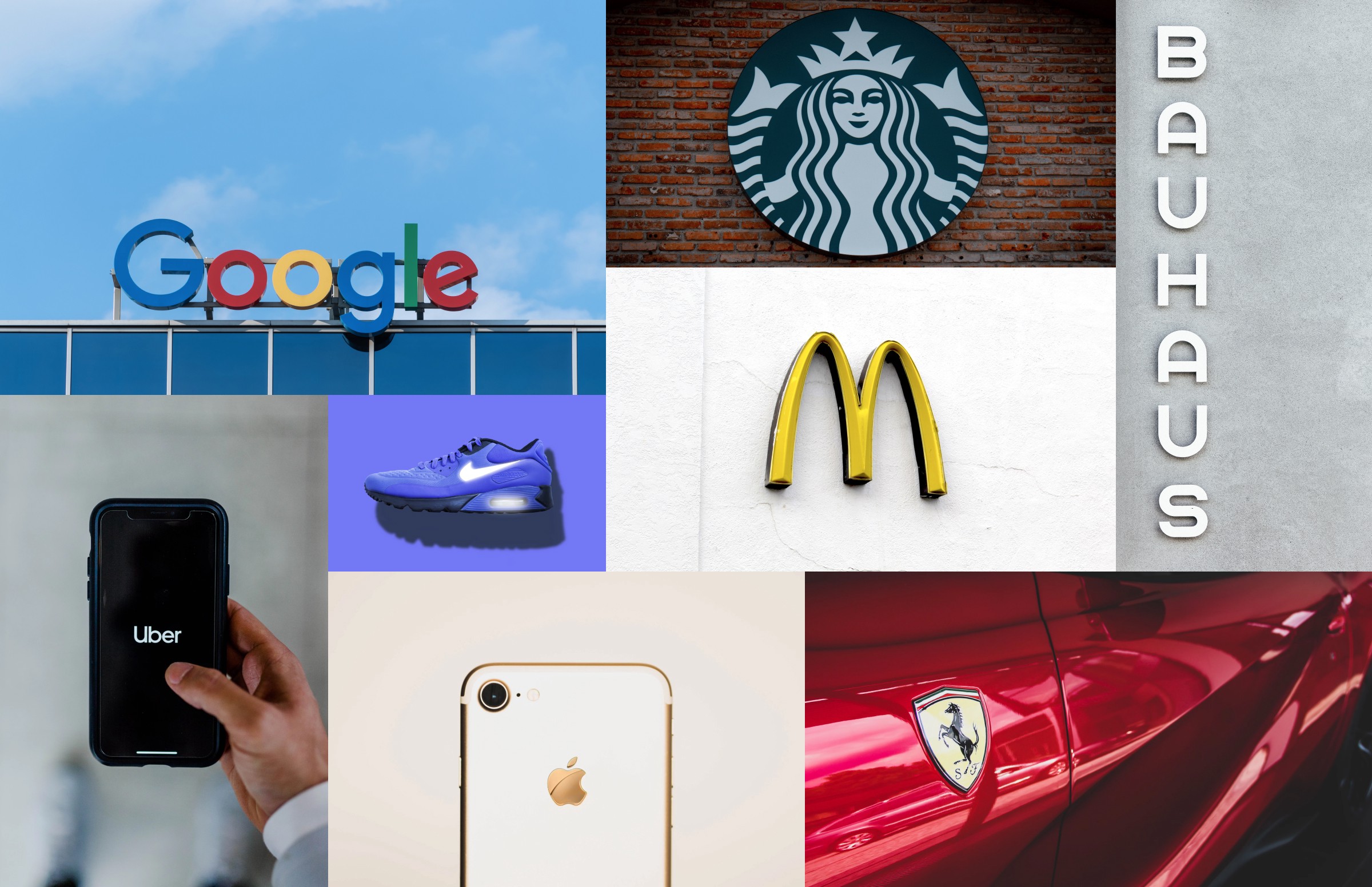As a marketing practice, branding has long resided in the grey areas between design, art and storytelling.
Due to a handful of horror stories from large companies that have got it wrong, branding has gained a reputation for being overpriced, oversold and immeasurable until after the fact.
Gap’s failed 2010 rebrand reportedly cost over $100 million. The new logo lasted one week after a public outcry. In a world of seemingly endless customer choice, there is a requirement for all creative efforts to keep up with the pace of innovation. This includes branding.

Nick Lehrain
Luckily, if ‘creative’ is not in your wheelhouse or you don’t have a spare $100 million lying around, the core elements of your brand can be conceived and delivered within two weeks. That’s if you know where to start!
Here’s what you need to do to create a ‘Minimum Viable Brand (MVB)’ for your business.
Story: who are you and what do you do?
Your MVB ultimately starts with your story. This is where you tell your audience what you do, why you’re different to similar products or services and build an emotional connection with them.
You need to start by understanding your positioning in the competitor landscape and learn how to deliver the best possible brand.
In the first step of your brand sprint, you should aim to identify the following chapters in your story:
- Primary Persona — If you could only get it right for one audience group who would that be? Why would they choose you over someone else?
- Positioning —What makes you unique? What’s the value you bring to your customers and where do you sit in the competitor landscape?
- Personality — Are you exclusive, mature, classic, rebellious or authoritative?
- Promise — Can you distil your positioning statement into a short, memorable tagline?
- Product Experience —How can you provide the most authentic and optimal brand experience for your customers before, during and post conversion?
- Pricing — Cost, value or competition based? How much are your customers willing to pay for a relationship with your brand?
These six P’s will serve as the framework of your brand and help inform the next stage of the journey – your branding strategy.
Strategy: outline how you communicate with your audience
Once you have your brand story straight, you need to consider the appropriate way to communicate with your desired audience.
Think about where your audience consumes most of their content. Do they spend most of their time on Instagram? Are they avid blog readers? Are they most likely to be impressed by seeing you partner with their favourite celebrity?
You should decide on the highest value channels to deliver your message, then discuss the right tone, timing and technique for each of those channels.
Create a channel strategy map to help you identify the when and where to reach your customers, as well as a tone of voice guide and set of brand communication values to convey your brands persona.
These items will allow your brand to remain consistent but can also evolve along with your business over time.
Symbols: create your brands visual identity
After determining your brand story and strategy, it’s time to create the essentials required to launch your ‘visual identity.’
These visual components will include a logo, colour palette, typography and any imagery. All of which should reflect your brand voice and be representative of your offering.
When the visual factors are finalised, you will be able to create the necessary items required to launch your brand. These may include a landing page, stationery, web banners, signage, email signatures, presentation templates, email templates and more.
Always remember to test
After you have your brand book comprised of three volumes: story, strategy and symbol, don’t forget to put it to the test. This will validate the core of your brand and ensure that you are reaching the correct audience in the right manner.
Schedule interviews with people that match your primary persona (outlined in story) to gather genuine responses. You will be able to test the reaction to your brand and gauge a better understanding of how your customers will perceive you once in market.
While you may not be able to satisfy all tastes, you can still learn from your interviewees’ reactions. For example, if a certain colour is not favoured, you can ask them to describe the emotion or sentiment it provokes. After the interviews, you should have a solid understanding of what parts of your MVB are working, and what, if anything, needs further development.
Brand quicker, brand better
As markets saturate and competition increases, it is important that companies look for ways to become emotionally connected with their customers and build relationships that generate trust and loyalty. People can fall in love with brands at first sight, and the Lean Brand Sprint gets you looking sharp for that first date.
- Nick Lehrain is design director at innovation and digital company, IE, which recently launched the Lean Brand Sprint.




















Trending
Daily startup news and insights, delivered to your inbox.